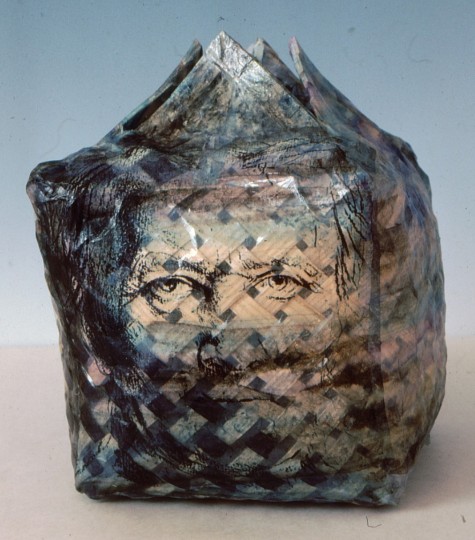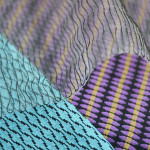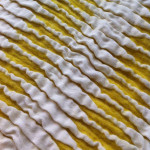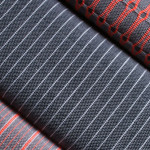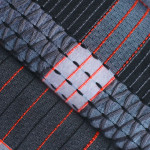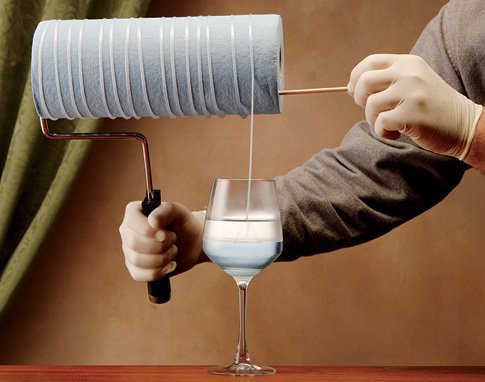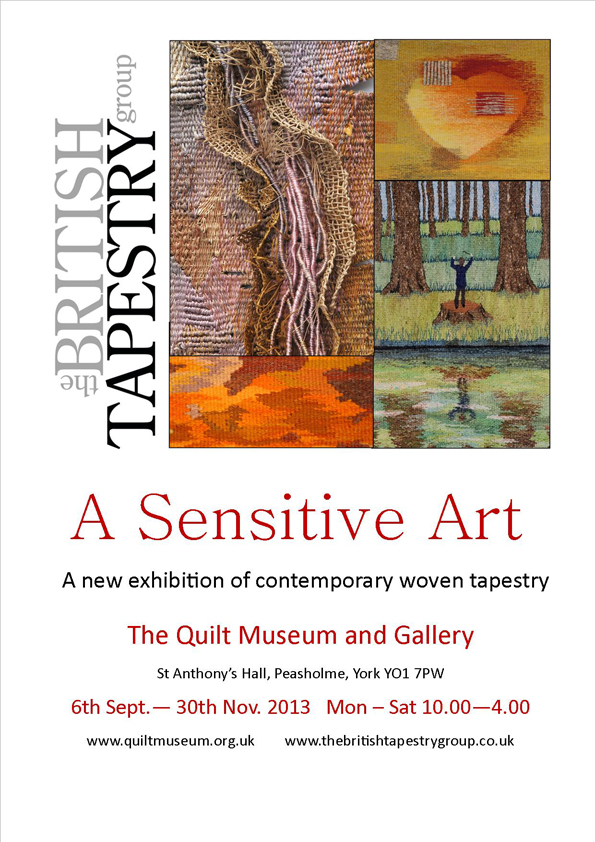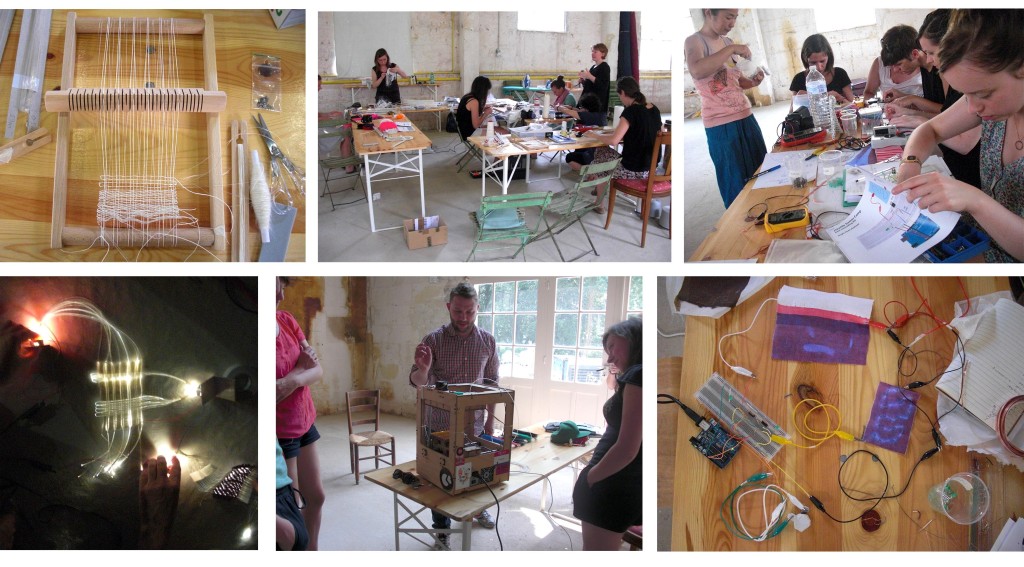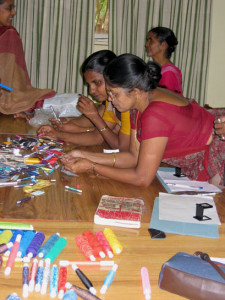 Complex Weavers announces its biennial international juried exhibition ‘Complexity 2014’ featuring works employing complex weave structures interlacing threads and fibers in ways beyond plain weave.
Complex Weavers announces its biennial international juried exhibition ‘Complexity 2014’ featuring works employing complex weave structures interlacing threads and fibers in ways beyond plain weave.
Complex weaving is defined by the cloth produced and the mind it took to create it, not by the equipment used. There is no requirement that the work must be woven on a minimum number of shafts or on a Jacquard loom. Works with historic inspiration and interpretations, as well as non-loom interlacements such as ply split braiding, kumihimo and tablet weaving are welcome.
Eligibility: All Complex Weavers members and students at accredited colleges and universities may submit entries. Non-member artists may join Complex Weavers www.complex-weavers.org by the submission date and submit entries. Students must provide proof of full-time current registration. Students are not required to be members of Complex Weavers. All entries will be evaluated by three jurors.
Each artist may submit three works. All work must be original, not executed under supervision and completed after July, 2012. Weight of each work must not exceed 25 lbs (11.4 kg) including hanging and display hardware per work.
Submissions must not have been previously published in any printed publication or national exhibit prior to submission. Accepted works must remain for the duration of the exhibit (August 1, 2014).
The exhibition: Complexity 2014 will travel to three locations in 2014: University of Nebraska, Lincoln NE, Hotel Murano, Tacoma WA and Brown University, Providence RI. Entry is easy via email and review fees may be paid through PayPal.
Entry deadline is November 18, 2013. Entry Form is available here
Continue reading →

